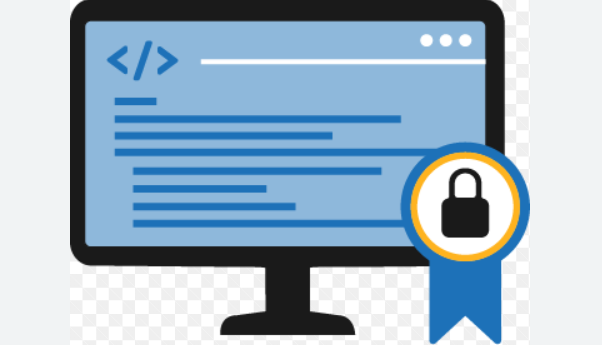Software licensing is a legal agreement that governs how software can be used, distributed, and protected. It defines the terms and conditions under which users can use the software and is a critical aspect of software development and distribution. Here are some common software licensing options:
1. Proprietary (Closed-Source) Licenses:
Proprietary software is owned by a company or individual, and its source code is typically not publicly available. Users are granted a license to use the software under certain conditions. Common proprietary licenses include:
- Commercial Licenses: Users must purchase a license to use the software. These licenses often come with support and maintenance.
- Freeware: The software is provided for free, but users do not have access to the source code, and there may be limitations on usage.
- Shareware: Users can try the software for a limited time, often with some features restricted. They are encouraged to purchase a full license if they wish to continue using it.
2. Open Source Licenses:
Open source software is distributed with a license that allows users to access, modify, and distribute the source code. There are various open source licenses, including:
- GNU General Public License (GPL): Requires that any software derived from GPL-licensed code must also be open source.
- MIT License: Permits users to use, modify, and distribute the code, often with minimal restrictions.
- Apache License: Allows for open source distribution with more permissive terms, often used for projects involving web applications.
- BSD License: Permits a high degree of freedom for using and modifying code, with minimal restrictions.
3. Freeware and Donationware:
These are types of proprietary software that are often distributed for free, but the developer may encourage users to make voluntary donations to support ongoing development.
4. Public Domain:
Software in the public domain is not protected by copyright, and users are free to use, modify, and distribute it without any restrictions. However, determining if software is truly in the public domain can be complex.
5. Creative Commons Licenses:
While primarily used for content such as images, music, and text, Creative Commons licenses can also be applied to software. These licenses allow creators to specify the terms under which others can use their work, including whether modifications are allowed and if commercial use is permitted.
6. Commercial Software Licenses:
For software used in business settings, commercial licenses are often negotiated between the software vendor and the organization. These licenses can be tailored to the specific needs and scale of the business.
7. EULA (End-User License Agreement):
EULAs are legal contracts that users must agree to before installing or using software. They outline the terms and conditions, including usage restrictions, warranties, and liability disclaimers.
8. Open Core Licensing:
Some companies offer a combination of open source and proprietary licensing. They provide a core open source version of their software and offer additional features or support through proprietary licenses.
9. Dual Licensing:
In this model, developers offer their software under both an open source license and a proprietary license. Users can choose which license best suits their needs.
Understanding the licensing terms of software is crucial for both users and developers. Users must comply with licensing agreements to avoid legal issues, while developers must choose a licensing model that aligns with their goals for distribution, revenue, and community engagement. The choice of licensing can profoundly impact how software is used, shared, and improved upon by the global software development community.
